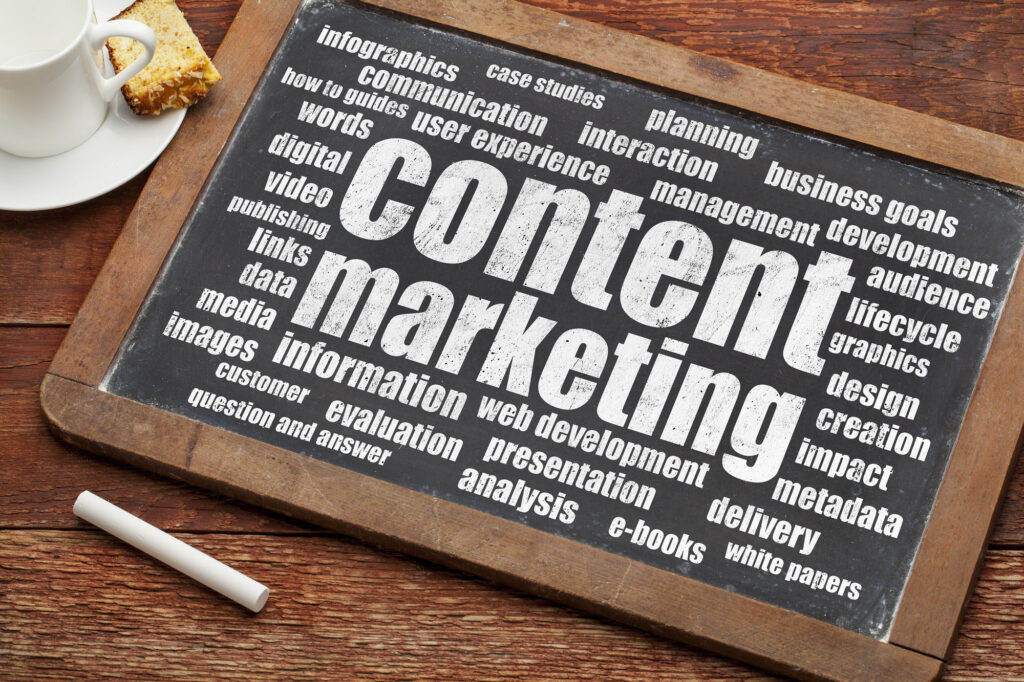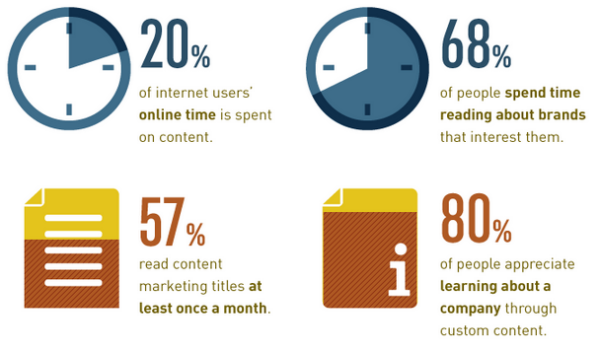
Ever since a forward-thinking enterprise paid for the first advertisement in a French magazine in 1836, Marketers have been struggling to solve a single fundamental challenge. How do you find people who would care about your product and then tell them how great it is?
The solution so far has been to pay for a chance to steal attention from consumers who are doing something else. Seth Godin uses the term “interruption marketing” to reflect the fact that, although we Marketers do our best to get in front of people we think might care about what we have to offer, they have not actually given us any indication that they want to hear what we have to say. Sometimes it works, but mostly it doesn’t. A traditional banner advertisement, on average, attracts about 1 click for every 1,000 impressions, which means 999 of the people you thought might be interested either didn’t care, weren’t paying attention, or were annoyed. And if we look at some of the other channels the picture is even worse.
Over the past several years, a much more effective approach to Marketing has matured. It’s commonly referred to as “Content Marketing” or “Inbound Marketing”, although in the coming years I would expect the concept to generalize into a much broader term as it becomes the dominant approach to reaching an audience.

Content marketing essentially flips the value chain by providing value to customers (rather than trying to extract it) to achieve the traditional objectives of acquiring new customers, nurturing profitable relationships, and building a brand. It works by capturing expressed and latent demand for your product or service by providing strategic and interesting content to consumers. It’s a much more pragmatic approach, but it requires a fundamental shift in the way we think about Marketing.
Content Marketing starts with a really good understanding of your audience, one that goes way beyond basic demographics. This requires really good data someone who can interpret that information to define which version of your story resonate with each customer profile. Chances are they’re different. If you’re selling bottled water to a marathoner you might talk about its’ refreshing qualities— but to a gardener, you’d highlight the impact on a budding tomato plant.
Once you understand the audience and the appropriate story, you can put together a smart and integrated distribution strategy to translate the message across multiple mediums. This includes (among others) videos, infographics, landing pages, blog posts, articles, and social media posts. Each month should build upon the last and deliver content that informs, educates, inspires, or entertains your audience. The more value you provide them, the more value you get in return— as long as it’s done strategically.
There are several reasons this approach has become a more effective way to connect with humans.
- It has a much longer shelf life. Good content drives visibility in Google and other search engines, and the effects are cumulative and long-lasting. As more people read, share and refer to your content you climb up the rankings. Think of good content as the Twinkie of the digital marketing world.
- Content marketing gives you the ability to tell your story with few restraints. I know first-hand the challenge of appropriately conveying an amazing vacation experience in a billboard or banner ad. It’s impossible. But a really entertaining video gave us several minutes to unpack a very compelling but nuanced message.
- Content marketing is the most promising way to finally break through a world of mass ignorance. The average person is exposed to 1,200 marketing messages per day, and we’ve developed an uncanny ability to tune out the things we don’t care about. An infographic that resonates can easily be shared millions of times in just a few days, and since it travels around a network of trusted sources it has a much better chance of driving some kind of desirable response.
If you suddenly find yourself with that sinking feeling you’re missing out on something really big, don’t despair. Most companies are either unaware of this approach or are slow to move due to the political, financial, and other realities of a corporate environment. One study found that 90% of companies use some form of content marketing, but only 50% feel they are good at it. And we’re not actually advocating abandoning paid media– in fact advertising is one of our service areas. We’re just arguing for a much healthier balance and a more sophisticated and targeted approach to spending your ad dollars.
There are ways to take baby steps and assess the potential of going “all in” with content in just about any organization. You don’t need to shift your entire Marketing budget to Content— start with a reasonable slice and go from there (the results should be measurable). And at the very least you’d have some really good content to show for your efforts. Just make sure you select a partner who takes a really strategic approach to this stuff— otherwise you’ll be left with an archive of moderately useful content but nothing much to show for it.
Content, as they say, is the currency of the digital age. Spend it wisely.